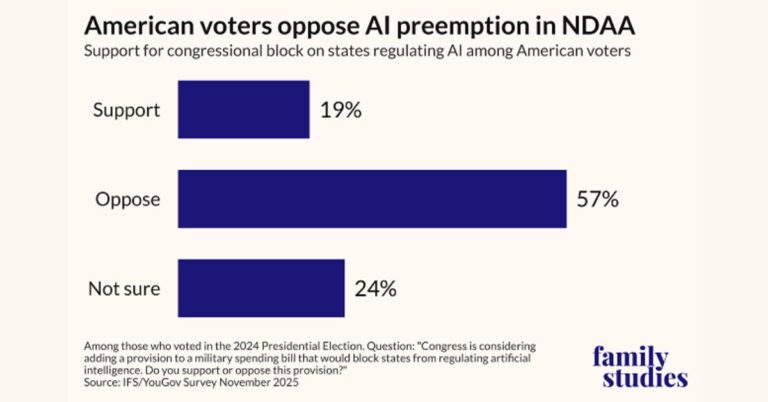IMC 2025: Vi Protect launches as AI-powered, network-native security for consumers and enterprises
Vodafone Idea (Vi) used India Mobile Congress 2025 to unveil Vi Protect, a network-integrated, AI-powered security suite aimed at stopping spam calls, fraudulent messages, and fast-moving cyber threats for both consumers and businesses.
Why now: India’s spam crisis and network-native defense
India remains one of the most targeted markets for spam and fraud over voice and messaging, and regulatory pressure to curb unsolicited communications is intensifying. By moving detection into the network rather than relying on over-the-top apps, Vi is positioning security as a core service-level capability with lower latency, broader coverage, and tighter control. The operator says its systems have already intercepted more than 600 million scam and spam attempts, underscoring the scale of the problem and the potential user experience and trust benefits if these capabilities operate at carrier-grade precision.
How Vi Protect differs: DNS, SMS, and voice-layer AI
Unlike app-only caller ID and spam filtering, Vi Protect runs at the DNS, SMS, and voice gateway layers, combining AI models, web crawlers, and subscriber feedback loops. This architecture enables real-time risk scoring before a call or message reaches the device, reduces dependency on handset permissions, and creates a unified threat intelligence plane spanning voice, messaging, and data channels. The result is a more consistent safety posture across the base, including for users who do not install third-party apps.
Inside Vi Protect: architecture, layers, and capabilities
Vi Protect combines consumer-facing call and message protections with an AI-driven cyber defence and response platform designed for rapid detection and containment.
Real-time AI voice spam scoring with call-screen alerts
The voice layer blends multiple AI models and external intelligence to score calls in real time and label dubious traffic as “Suspected Spam” on the call screen. Because the inference occurs in the network, detection is less reliant on device capabilities and can be tuned centrally as threat patterns evolve. Vi also highlights an International Calling Display feature to help users distinguish legitimate overseas numbers from spoofed identities—an increasingly common vector for social engineering and vishing attacks.
SMS fraud prevention, URL protection, and threat intel
On the messaging side, Vi Protect flags fraudulent SMS and analyzes patterns across DNS, SMS, and voice gateways to correlate campaigns and block them at scale. Vi also plans a real-time URL protection capability to scan and neutralize malicious links in flight, a critical step as smishing campaigns increasingly pivot to short-lived domains and AI-written lures. A network-level link defense complements brand sender ID controls and template approvals by catching cross-channel threats that bypass traditional filters.
Agentic and generative AI for hour-scale incident response
For enterprise and network operations, Vi has built a cyber defence and incident response system that uses agentic and generative AI to detect, analyze, and contain threats within about an hour. The platform follows a multi-step workflow—anomaly detection, contextualization, categorization, interface engine analysis, and suggestive intelligence—followed by human validation before enforcement. This human-in-the-loop model aims to minimize false positives while allowing the AI to automate repetitive triage and recommend precise containment actions.
Market context: regulation, fraud risk, and telco competition
The launch aligns with India’s sustained push to reduce unsolicited communications and identity spoofing, while enterprises accelerate digital outreach that fraudsters increasingly exploit.
Regulatory push: DLT, KYC, and adaptive detection
Telecom and financial regulators have pressed operators to tighten controls on spam, brand impersonation, and fraudulent KYC requests. Operators have responded with DLT-based sender verification, SMS template checks, and stricter onboarding of enterprise traffic. Vi Protect extends this compliance foundation by adding adaptive, AI-led detection across voice and messaging and creating faster response loops when new scams emerge. This trajectory is consistent with global best practices promoted by industry bodies focused on fraud and signaling security.
Competitive stakes: carrier-grade trust and SOC automation
Carrier-grade spam and fraud prevention is rapidly becoming table stakes as operators compete on quality, trust, and enterprise readiness. Network-integrated protection differentiates telcos from app-centric solutions, particularly for legacy devices and low-permission environments. Expect rivals to accelerate their own network-side spam filters, verified calling experiences, and SOC automation as investor and regulator scrutiny grows around customer harm and reputational risk.
What enterprises and tech leaders should do next
Enterprises that rely on voice and messaging must adapt to AI-driven screening to preserve deliverability and customer trust without triggering filters.
Strengthen brand trust and compliant messaging
Ensure brand sender IDs, templates, and call CLIs are registered and compliant, and avoid practices that resemble fraud patterns, such as aggressive dialing, rotating numbers, or link obfuscation. Use reputable link management with domain reputation controls and adopt clear, contextual messaging that aligns with verified templates to reduce false flags in AI scoring systems. Coordinate with Vi Business and other operators for testing, remediation, and transparent whitelisting processes when legitimate traffic is wrongly classified.
Integrate with carrier analytics, APIs, and SOC signals
Treat carriers as security partners, not just transport providers. Where available, tap operator analytics and APIs for delivery diagnostics, reputation insights, and threat advisories. Align internal fraud operations with telco signals to quickly identify account takeovers, compromised campaigns, and third-party agency misuse. For sensitive workflows, evaluate verified calling and branded caller experiences that surface identity context to end users and reduce the need for risky callbacks.
Governance: accuracy SLAs, false rates, and playbooks
For CTOs and CISOs, require measurable accuracy and time-to-mitigate SLAs from providers and partners. Track false positive and negative rates across campaigns, customer segments, and regions, and use controlled red-teaming to validate the efficacy of link and call protections. Establish escalation playbooks with clear ownership across marketing, security, and customer care for suspected blocks or emerging scams.
What to watch: accuracy, URL defense, and integrations
Execution details will determine whether Vi Protect becomes a durable differentiator or baseline hygiene.
Metrics and roadmap: benchmarks, privacy, and APIs
Watch for published accuracy benchmarks, time-to-remediate metrics, and transparency around model governance and privacy safeguards. The planned real-time URL protection will be a key milestone; evaluate coverage across shorteners, newly registered domains, and multilingual phishing content. Expect deeper integrations with device OEMs and enterprise platforms, as well as potential exposure of security insights via APIs. Also track whether Vi extends protections to IoT and fixed-line services and how it coordinates with industry information-sharing groups to curb cross-operator campaigns.
Bottom line: network-native AI security as core CX and risk control
Vi Protect reflects a broader shift to network-native, AI-enabled defense that prioritizes trust as a customer experience KPI. Operators should accelerate investment in real-time analytics at the network edge and SOC automation with human oversight, while enterprises must harden identity, messaging hygiene, and telemetry to remain deliverable and fraud-resilient. Done well, this model can reduce customer harm at scale and build a more trustworthy digital communications fabric across India’s mobile ecosystem.








































